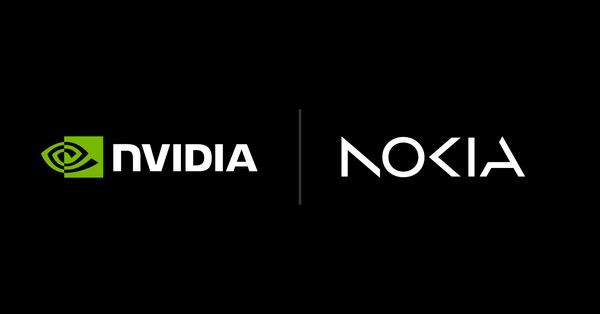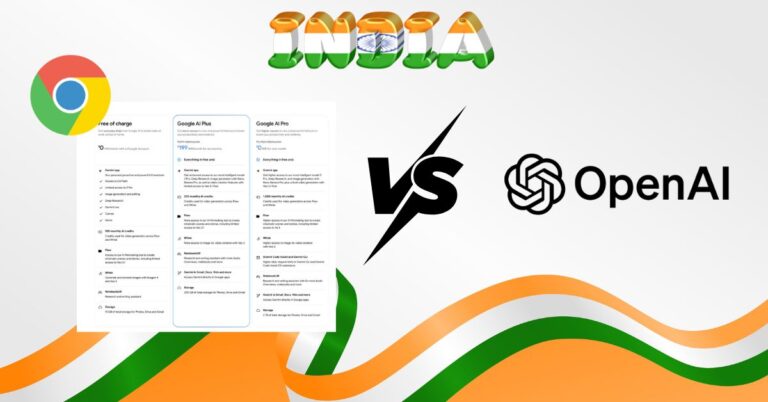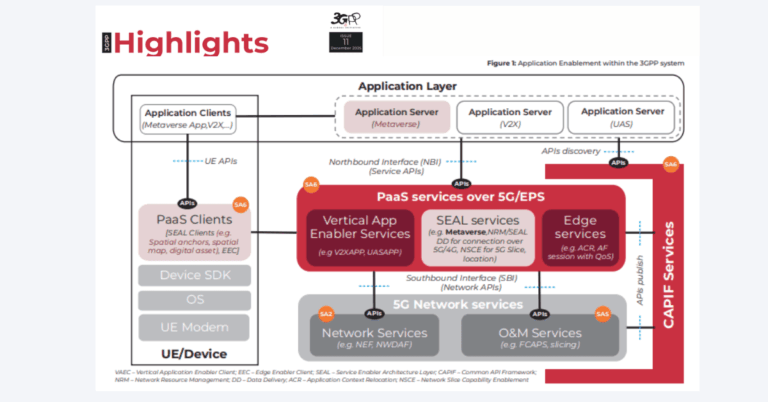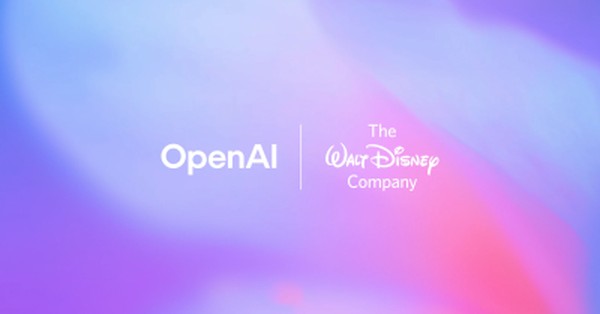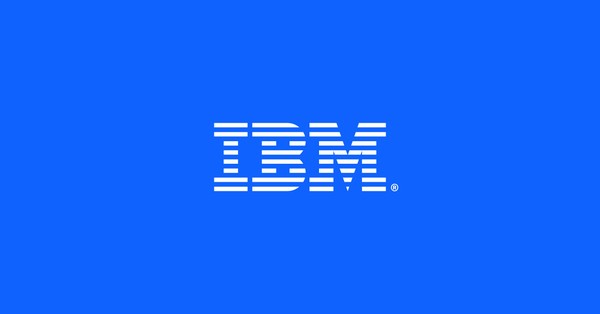NVIDIA–Nokia AI-RAN for 6G: why it matters
NVIDIA and Nokia are aligning silicon, software, and systems to make AI–RAN a commercial reality and set a practical path from 5G-Advanced to 6G in the United States.
Partnership highlights and $1B investment
NVIDIA and Nokia unveiled a strategic partnership to deliver commercial AI–RAN products built on NVIDIA’s Aerial RAN Computer Pro (ARC-Pro) platform and Nokia’s RAN software portfolio, with NVIDIA committing a $1 billion equity investment in Nokia at approximately $6.01 per share, subject to customary closing conditions.
The companies are targeting an AI-native RAN that runs both radio workloads and AI inference on a software-defined, accelerated platform, with a cumulative AI-RAN market opportunity that Omdia estimates will exceed $200 billion by 2030.
ARC-Pro AI-RAN platform and stack
ARC-Pro is positioned as a 6G-ready accelerated computing platform that couples connectivity, compute, and sensing, enabling upgrades from 5G-Advanced to 6G largely via software.
Nokia plans to embed ARC-Pro within its anyRAN strategy and AirScale baseband portfolio, accelerating its 5G and future 6G software on NVIDIA CUDA and leveraging modular hardware for co-existence with deployed cards to protect prior investments.
Dell Technologies will supply PowerEdge servers to host AI-RAN workloads, emphasizing no-touch software and low-touch silicon upgrades, while NVIDIA’s Spectrum-X Ethernet with Nokia SR Linux and Nokia telemetry/fabric management expands the stack into AI data center networking.
Ecosystem partners and 2026 field trials
T-Mobile U.S. will collaborate with Nokia and NVIDIA on AI-RAN field validation starting in 2026 to measure performance and efficiency gains as part of its 6G development process.
The partnership extends beyond RAN into data center switching and optics exploration, signaling a broader AI infrastructure play that spans cell sites, edge locations, and core AI fabrics.
Why AI demand forces edge-ready RAN
Mobile AI usage and on-device intelligence are accelerating, forcing the RAN to evolve into an edge AI platform.
Mobile-first AI usage and latency needs
Generative and agentic AI usage is surging on smartphones, with mobile app adoption and mobile web access driving significant incremental traffic and latency sensitivity.
As models shrink, quantize, and offload to devices, they still depend on low-jitter uplink, edge inference offload, and tight control-plane integration to deliver quality of experience.
Converging AI inference and RAN at the edge
AI-RAN collapses AI inference and radio processing onto shared, accelerated hardware at cell sites and edge data centers to boost spectral efficiency, energy efficiency, and user experience.
This unification enables operators to host new edge AI services—supporting use cases like AR/VR, drones, connected vehicles, and robotics—using underutilized RAN resources during non-peak cycles.
3GPP, O-RAN, and the path to 6G
3GPP Release 18 and 19 enable more AI-native functions, while emerging 6G work (e.g., integrated sensing and communications) assumes compute-rich, software-upgradable sites and tighter cloud-edge orchestration.
Alignment with O-RAN, ETSI MEC, and RIC xApps/rApps will be crucial to ensure multi-vendor interoperability as AI models move closer to radios.
Strategic impact for operators and vendors
The move reframes the RAN as a distributed AI grid and reopens the U.S. race for telecom leadership at the intersection of GPUs, Ethernet fabrics, and field-proven RAN software.
Operator priorities for AI-native RAN
Shift budget from siloed RAN appliances to converged, accelerated platforms that can serve both radio and AI inference workloads and monetize edge services with deterministic latency.
Use AI in the RAN to improve spectral efficiency, automate optimization, and reduce energy per bit, while standing up new revenue paths for enterprise edge AI.
Vendor and cloud stack dynamics
Silicon and system players are moving up the stack with SDKs, orchestration, and model toolchains; RAN incumbents are responding with software-defined portfolios that span purpose-built and cloud RAN.
Integration depth across server, accelerator, Ethernet, optics, RAN software, and lifecycle tooling will be a competitive differentiator as operators demand telco-grade performance with cloud-like agility.
U.S. 6G competitiveness
Pairing U.S. AI compute leadership with carrier-grade RAN software and domestic field trials positions the U.S. ecosystem to influence 6G architectures, spectrum policy, and supply-chain resilience.
Key challenges to AI-RAN deployment
AI-RAN is promising, but execution depends on power, openness, timing, and cost discipline.
Power, cooling, and site footprint
Accelerated nodes at cell sites increase power densities and thermal loads; liquid or advanced air cooling, smart power domains, and site consolidation strategies will be required to keep TCO in check.
Fronthaul bandwidth and precise timing
High-bandwidth, low-jitter fronthaul (e.g., 10/25/50G eCPRI) and precise timing must be maintained as AI workloads co-locate with DU/CU functions to avoid degrading radio KPIs.
Openness, portability, and O-RAN compliance
Operators will expect compliance with O-RAN interfaces, containerized microservices, and portable model runtimes to avoid lock-in and enable multi-vendor xApps/rApps and MEC workloads.
Model lifecycle, MLOps, and data governance
Edge inference at scale demands MLOps for the RAN, including model versioning, observability, safety policies, and data sovereignty controls across thousands of sites.
Economics, energy, and measurable KPIs
Business cases hinge on measurable gains in spectral and energy efficiency, site reuse, automated ops, and new revenue from enterprise edge AI, supported by granular baselining and KPI tracking.
12–24 month AI-RAN action plan
Operators and partners should build a phased blueprint that derisks deployments and captures early wins.
Define an AI-RAN reference architecture
Specify the target stack across servers, accelerators, Ethernet fabrics, optical transport, RAN software, Kubernetes, RIC, and observability, with clear performance and energy targets per site tier.
Modernize xHaul and site infrastructure
Upgrade fronthaul to support higher split options and timing, add power and cooling capacity where needed, and standardize on automation-ready DC and edge site designs.
Deploy RIC and MEC foundations
Deploy near-real-time and non-real-time RICs, onboard xApps/rApps for energy and interference management, and prepare MEC clusters for AI inference and data pipelines.
Prioritize cluster-based pilots for 2026
Select dense urban and enterprise-heavy clusters for 2026 trials with well-defined KPIs for throughput, latency, energy per bit, and edge AI service performance.
Build MLOps and security for the RAN
Implement model registries, policy enforcement, telemetry, and security hardening across CNFs, DUs/CUs, and edge AI services to meet compliance and resilience requirements.
Model TCO and sustainability impacts
Quantify savings from software-defined upgrades and automation, and measure carbon impact using power telemetry and workload scheduling to hit ESG targets.
What to watch: 2026–2028 milestones
Key milestones will indicate whether AI-RAN transitions from pilots to scaled deployment in 5G-Advanced and early 6G phases.
Field trial KPIs and scaling
Track T-Mobile’s trial outcomes and replication by other U.S. and global operators, focusing on spectral efficiency, energy reduction, and edge AI service SLAs.
3GPP/O-RAN feature uptake and RIC maturity
Monitor Release 19/20 features, RIC maturity, and O-RAN compliance to ensure multi-vendor interoperability and predictable integration timelines.
AI-native devices and app ecosystem
Watch for growth in AI-native devices and integrated sensing pilots that exploit edge inference and radio-embedded AI capabilities for new enterprise and consumer services.
AI networking integration with Spectrum-X and SR Linux
Assess progress on Nokia SR Linux with NVIDIA Spectrum-X in AI clusters, telemetry-driven fabric management, and the role of Nokia optics in NVIDIA’s AI infrastructure designs.
Bottom line: AI-RAN is moving from concept to commercial architecture, and this NVIDIA–Nokia alliance, with Dell and T-Mobile in the loop, sets a credible U.S.-anchored path to AI-native 6G.



